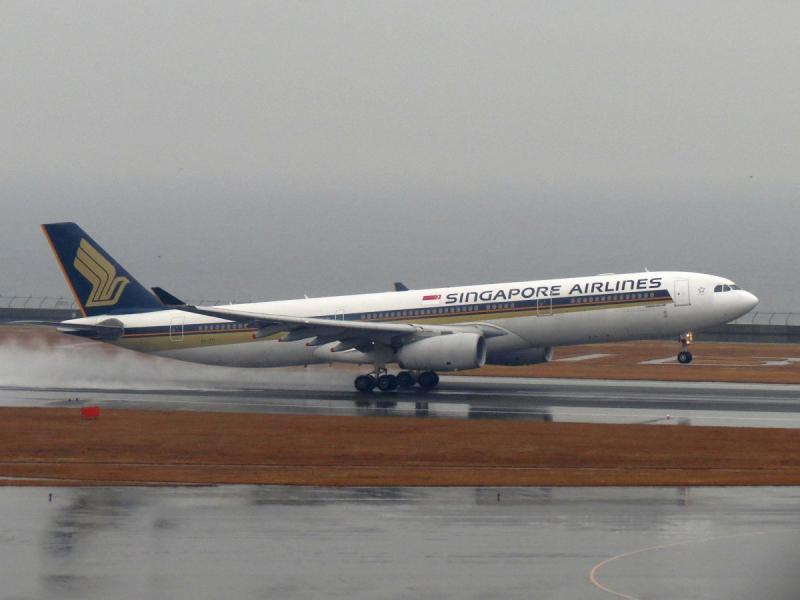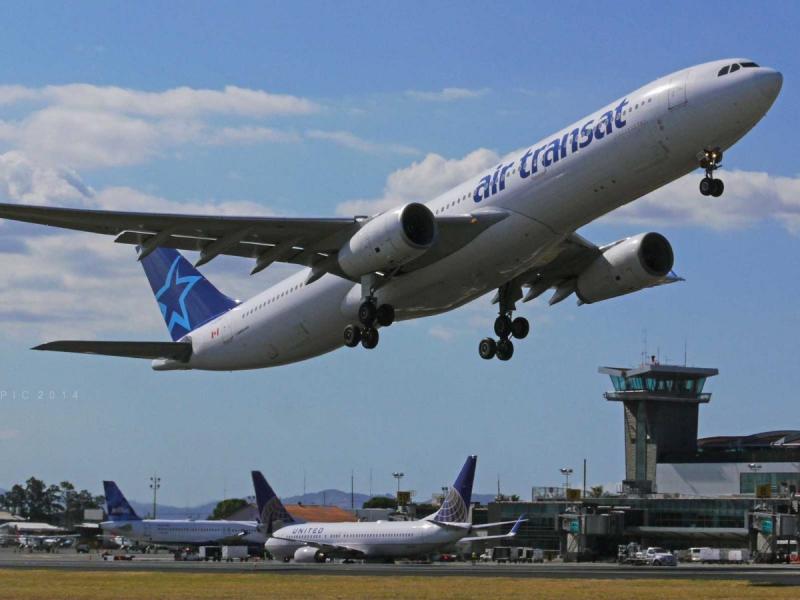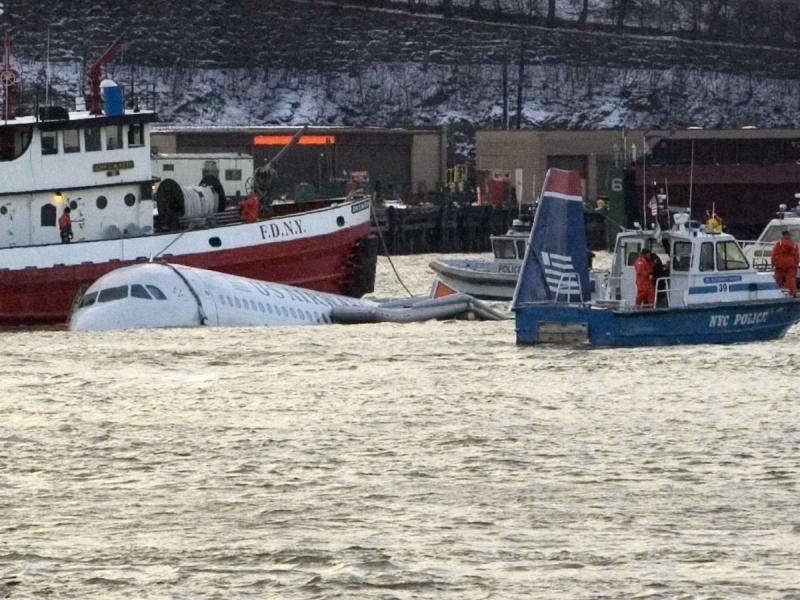 Last weekend, Singapore Airlines Flight 836 was traveling from Singapore to Shanghai when the twin-engine Airbus A330-343 lost power in both engines over the South China Sea.
Last weekend, Singapore Airlines Flight 836 was traveling from Singapore to Shanghai when the twin-engine Airbus A330-343 lost power in both engines over the South China Sea.
Fortunately, the pilots were able to restore power to the engines, and the flight was able to continue on to its destination.
No injuries have been reported.
Modern turbofan engines are very robust pieces of engineering and tend to be incredibly reliable.
That makes last weekend's incident an exceedingly rare event.
In fact, experienced A330 pilot Karlene Petitt told Business Insider that in her years flying the popular jet, she has never encountered, in pilot parlance, a "dual flameout."
So what is an airline pilot thinking when the engines on his or her plane inexplicably lose power?
"What would go through my mind is fly the plane and do everything I can to get the engines started," Petitt said in an email. "That would be the only thing to think about."
In the cockpit, pilots are equipped with reference guides that provide guidance and checklists for a wide variety of operational situations — including the loss of power on all engines.
At cruising altitudes — 39,000 feet in the case of the Singapore jet — the air is very thin and there may not be enough oxygen to get the engines to relight.
However, according to Petitt, "Normally when you get down around 24,000 feet you should be able to get one started because of the denser air at that altitude."
In the case of Singapore Flight 836, the airliner lost 13,000 feet of altitude before the pilots were able to get the engines going again.
According to Petitt, she would only think about looking for a landing location after realizing she wouldn't be able to get the engines going.
Depending on how high and how far the airplane is from an airport, the pilot would then determine what would be the appropriate course of action.

In past incidents, pilots have chosen a variety of strategies.
In 1983, Air Canada Flight 143 going from Montreal to Edmonton ran out of fuel midway through the flight after the ground crew miscalculated the amount needed for the trip. The pilots were able to glide the twin-engine Boeing 767-200 jet to safety at a retired Canadian military runway that had been turned into a race track.
In 2001, an Air Transat Airbus A330 traveling from Toronto to Lisbon developed a fuel leak while flying over the Atlantic Ocean. The widebody jet lost all power, but the pilots were able to glide to an airport in the Azores Islands.

Most famously, US Airways flight 1549 lost both of its engines after colliding with a flock of geese while taking off from New York's LaGuardia Airport. Due to the low altitude, the pilots didn't have time to complete the engine restart procedure. Miraculously, Captain Sully Sullenberger was able to successfully guide the Airbus A320 down in the middle of the Hudson River.
In these instances, the pilots were able to safely land their planes with few injuries to the passengers and crew.
"Pilots never stop flying the plane," Petitt reiterated. "No matter what, we will do what it takes."









